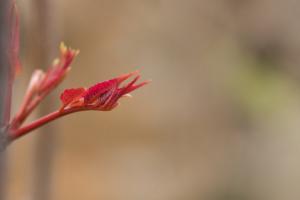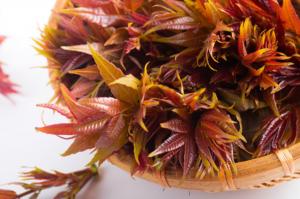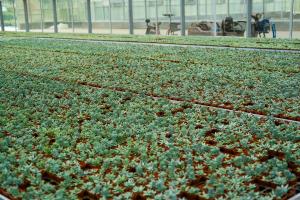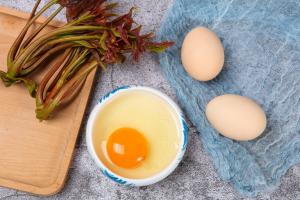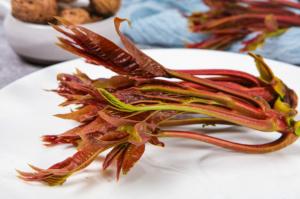1、 Curing method
1. Temperature: its normal growth temperature is between 15 and 25 degrees. At this time, it can germinate quickly. Its cold resistance is not very high, so it needs to keep warm in winter, and the temperature in summer should not exceed 35 degrees
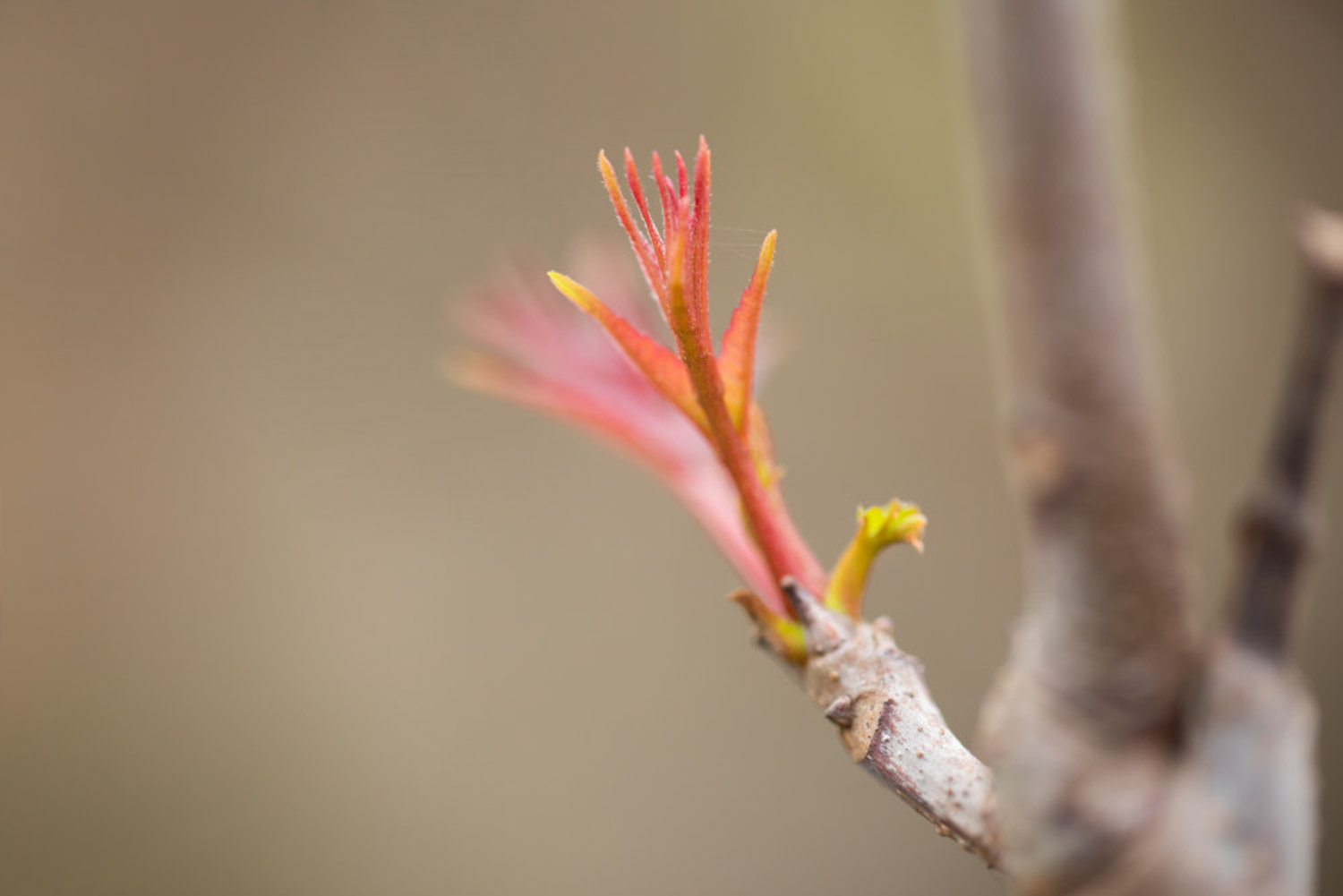
2. Watering: during the growth period, a large amount of water is needed to grow better under the condition of sufficient water. However, when watering each time, pay attention to wait until the soil becomes dry and start watering. There should be no ponding, and the branches and leaves will become more tender
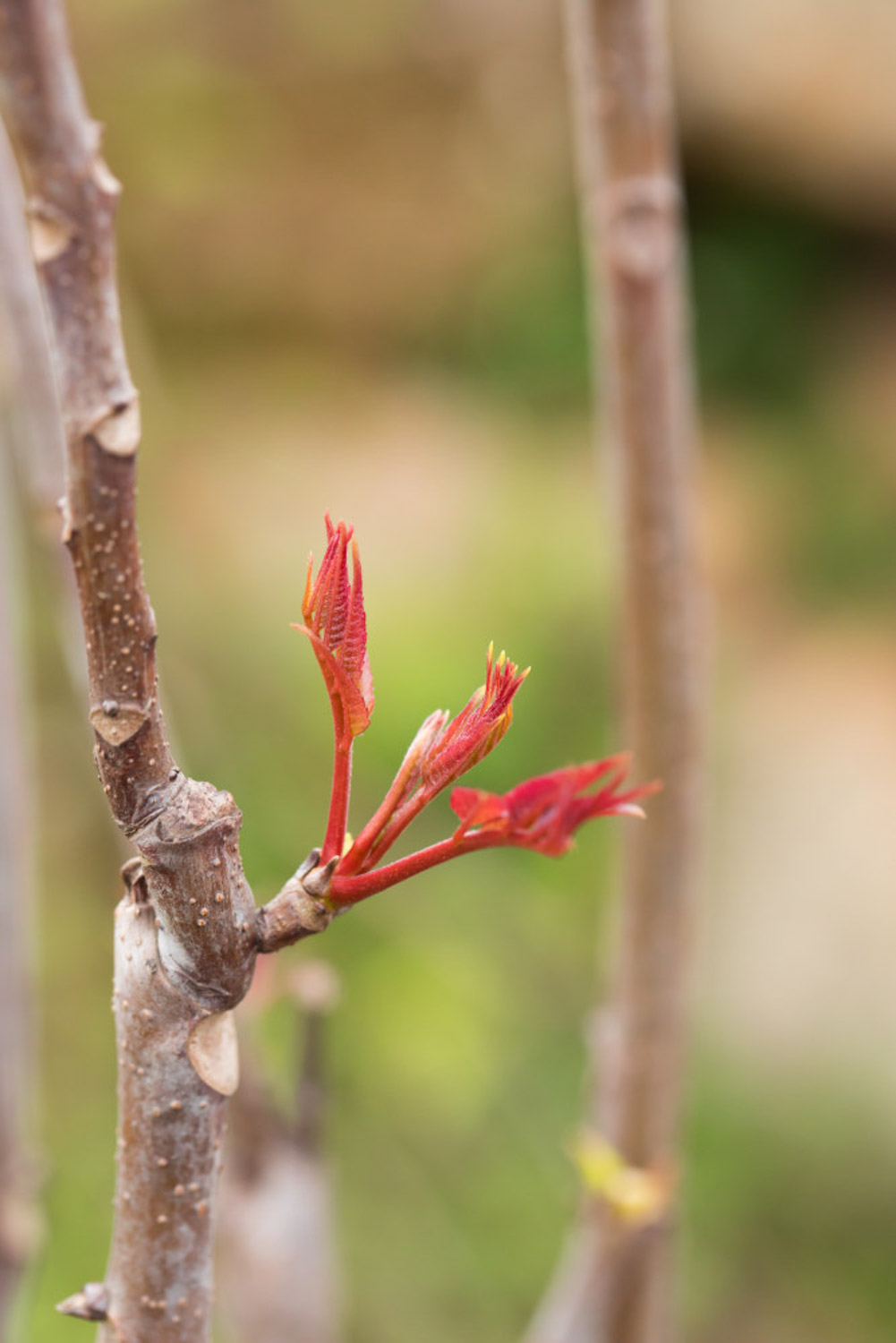
3. Light: its normal growth is inseparable from light. Warm light is a necessary condition. It needs to receive light for at least six to eight hours a day. If the light is insufficient, the branches of the plant will not be very vigorous

4. Fertilization: it needs to maintain soil nutrition for its normal growth. It is best to apply fertilizer almost every other month. It is best to provide farm fertilizer and plant ash. At the same time, it is also necessary to pay attention to the frequent application of thin fertilizer. At the same time, combined with the application of some potassium fertilizer, it can grow more vigorously
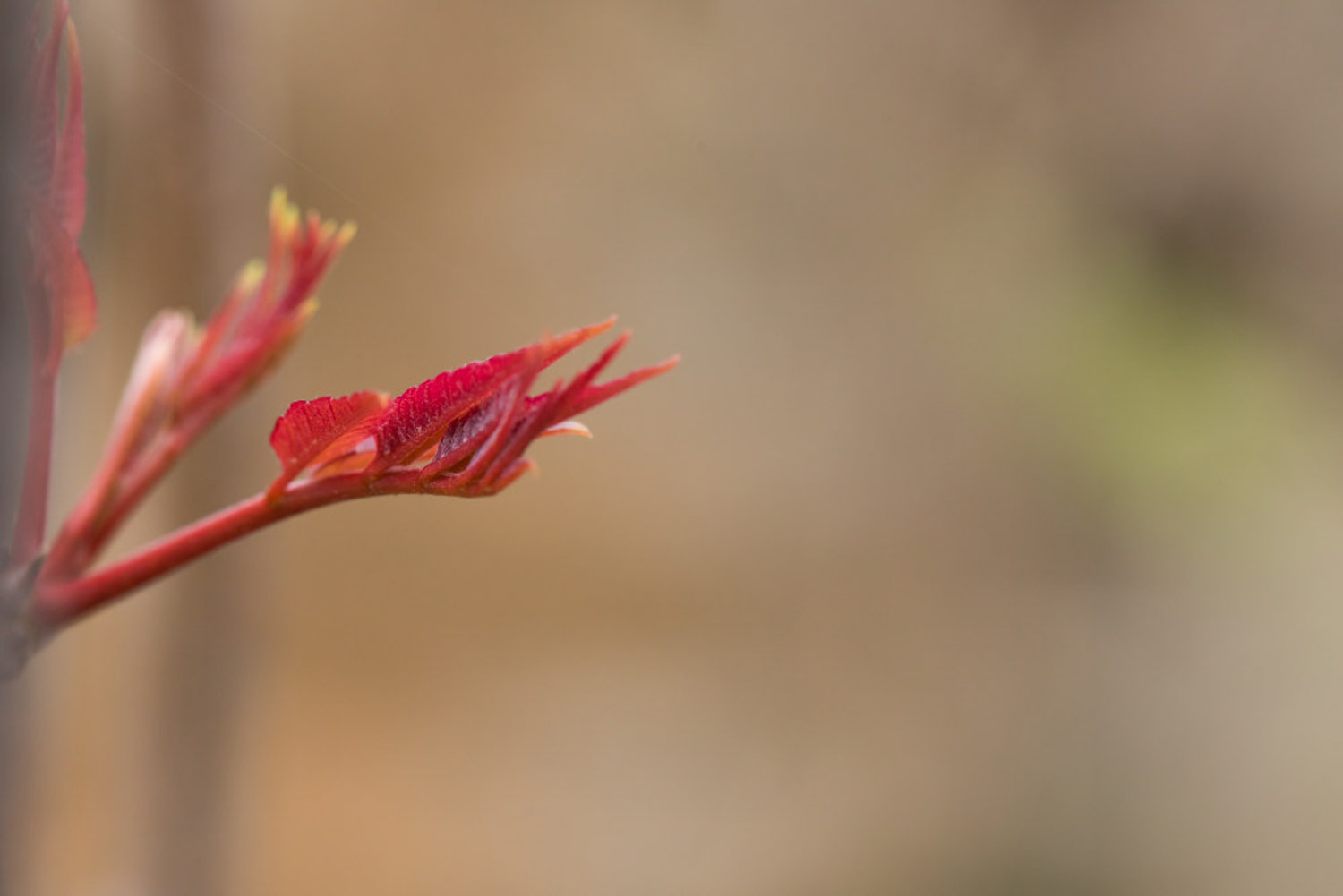
2、 Breeding skills
1. Propagation: splitting and sowing are two important ways. Sowing is from April to May every year. At the same time, soak the seeds in warm water for about 12 hours before sowing, and then sow them. After germination, they can be transplanted. Adult plants can produce two to three buds and seedlings within a year. At the same time, some organic fertilizer needs to be supplemented after branching
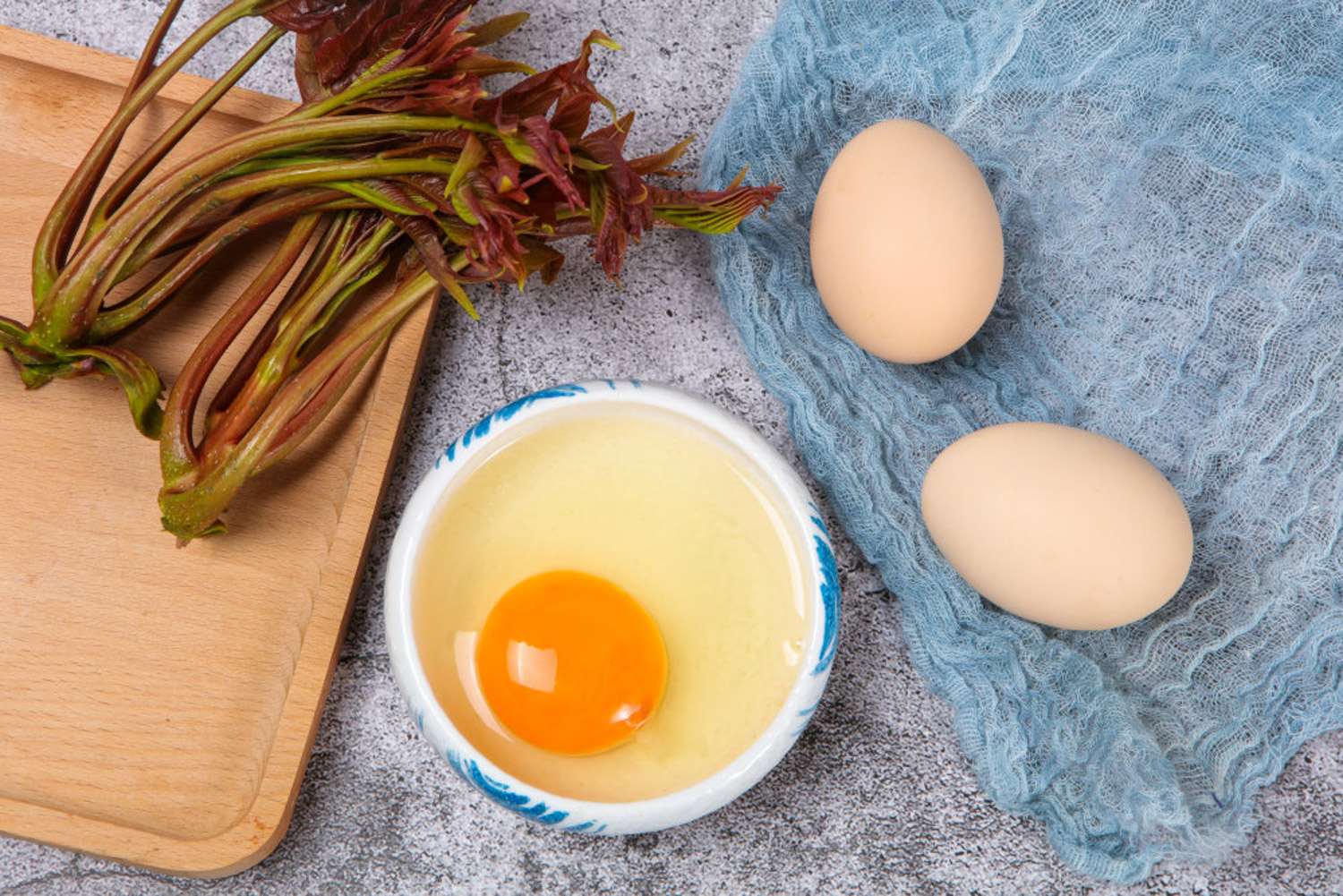
2. Pruning: the most suitable time is in spring and winter. Prune some useless and worthless side branches to ensure normal growth. At the same time, the pruned plants will grow better

3、 Problem diagnosis and treatment
1. Disease: brown spot disease will occur during growth, which will cause the branches and leaves of the plant to fall, so some diseased branches and leaves can be removed as soon as possible, and carbendazim solution can also be used to control it
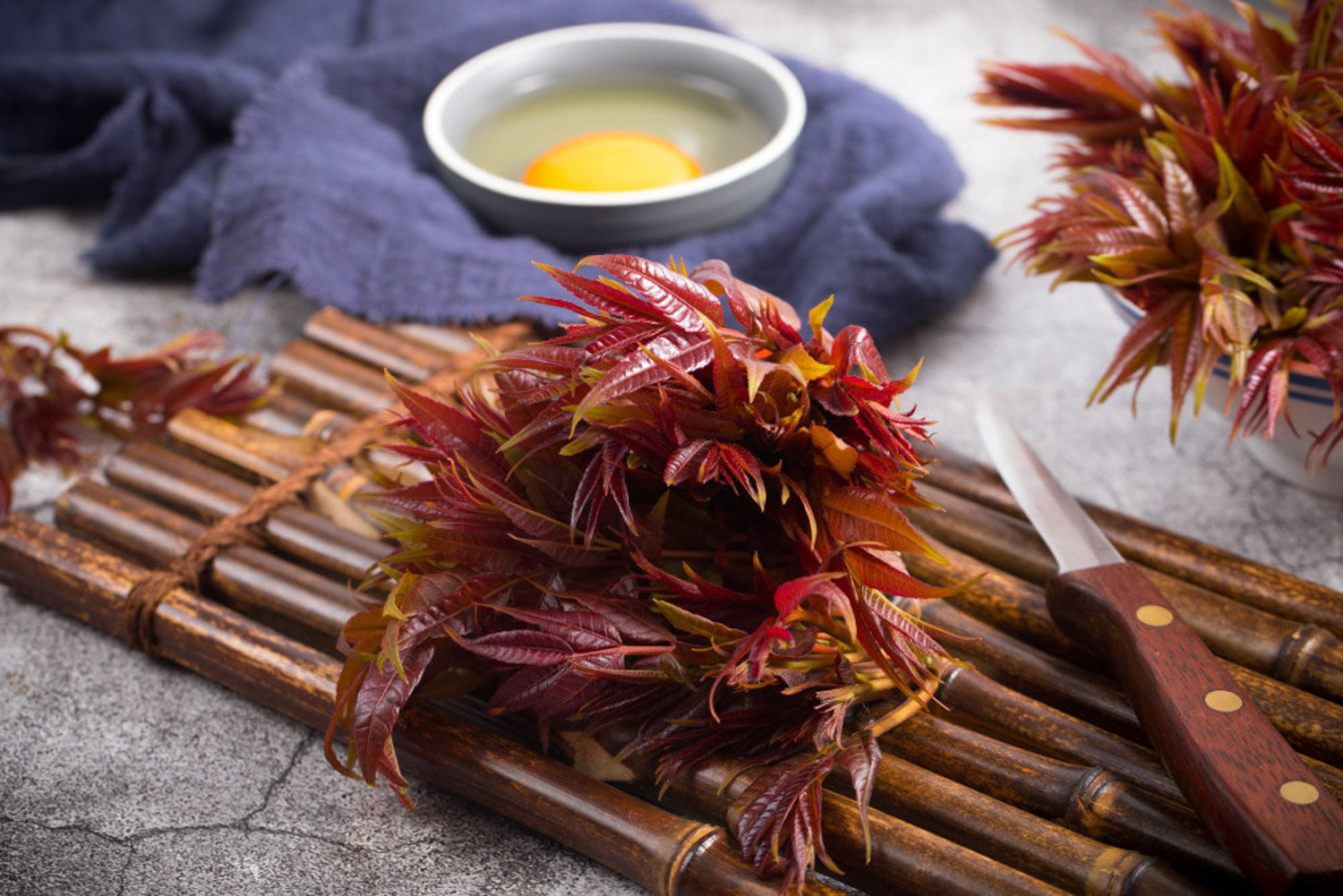
2. Pests: aphids may appear during growth and can be sprayed with dichlorvos solution
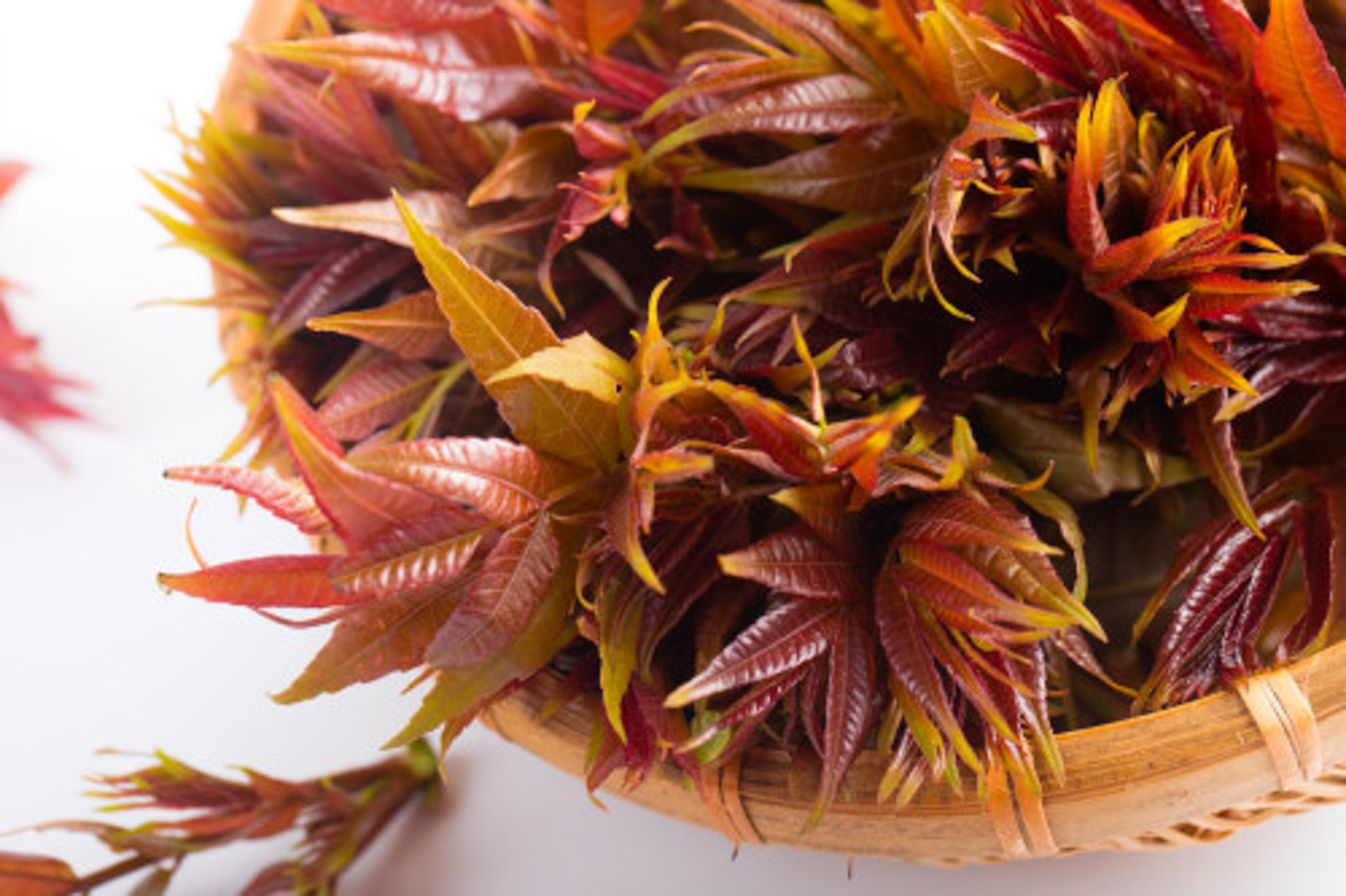
4、 Other issues
1. Toxicity: it has no poison and can be eaten, so it can be cultured safely
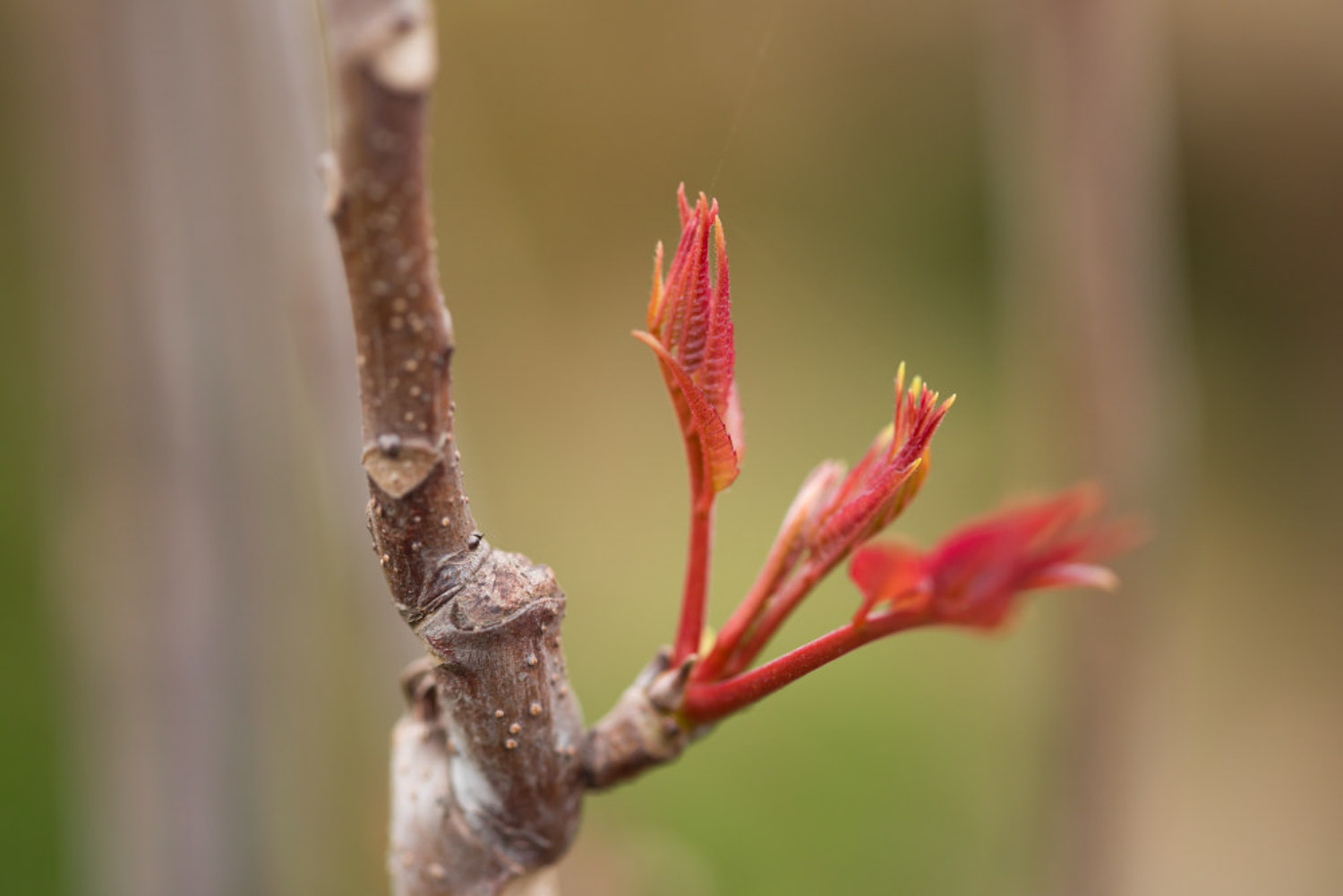
2. Whether it can be raised at home: it is not recommended to breed at home, because the natural conditions it needs cannot be met at home, so it is normally planted in the garden
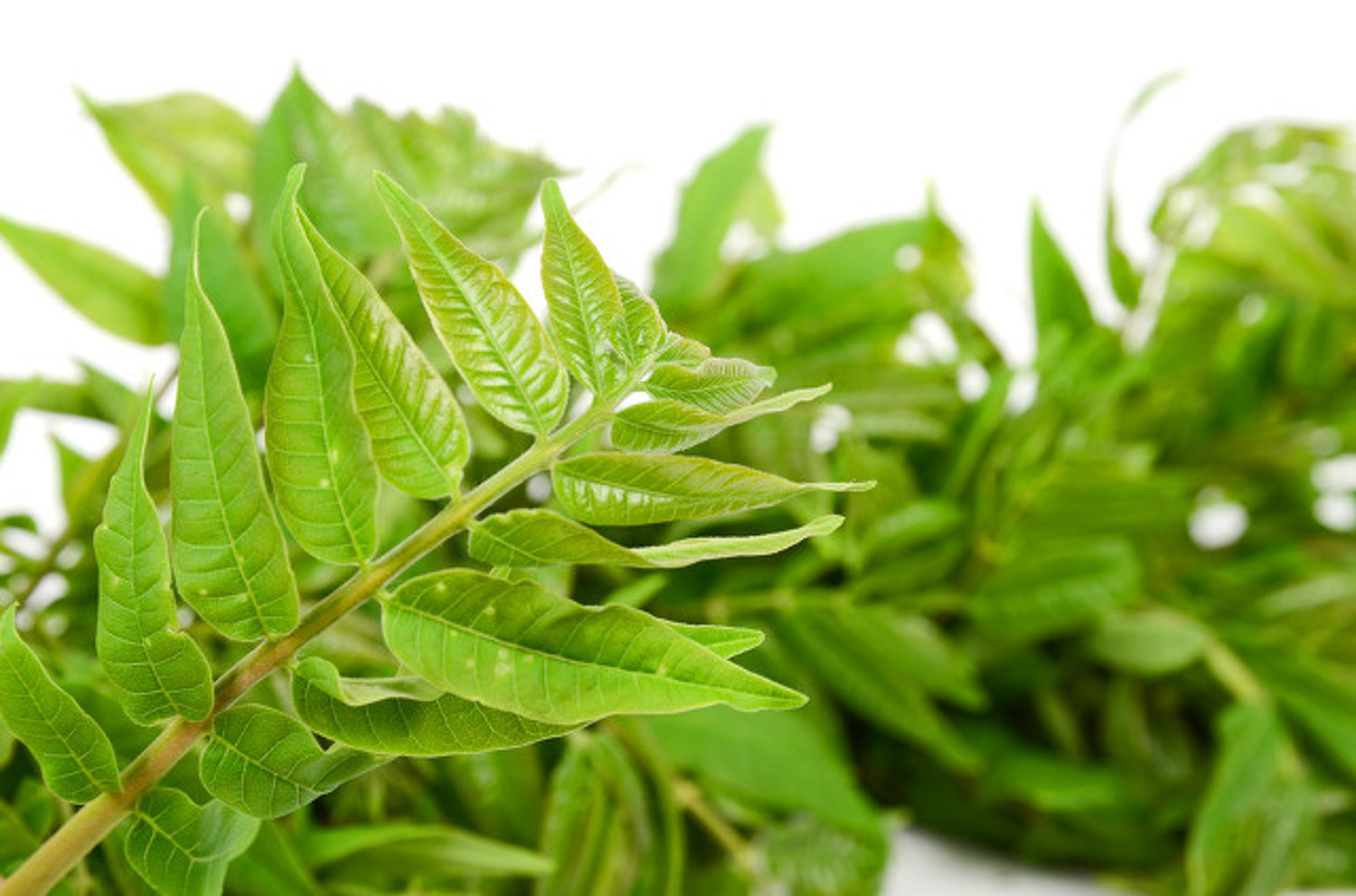

 how many times do yo...
how many times do yo... how many planted tre...
how many planted tre... how many pine trees ...
how many pine trees ... how many pecan trees...
how many pecan trees... how many plants comp...
how many plants comp... how many plants can ...
how many plants can ... how many plants and ...
how many plants and ... how many pepper plan...
how many pepper plan...